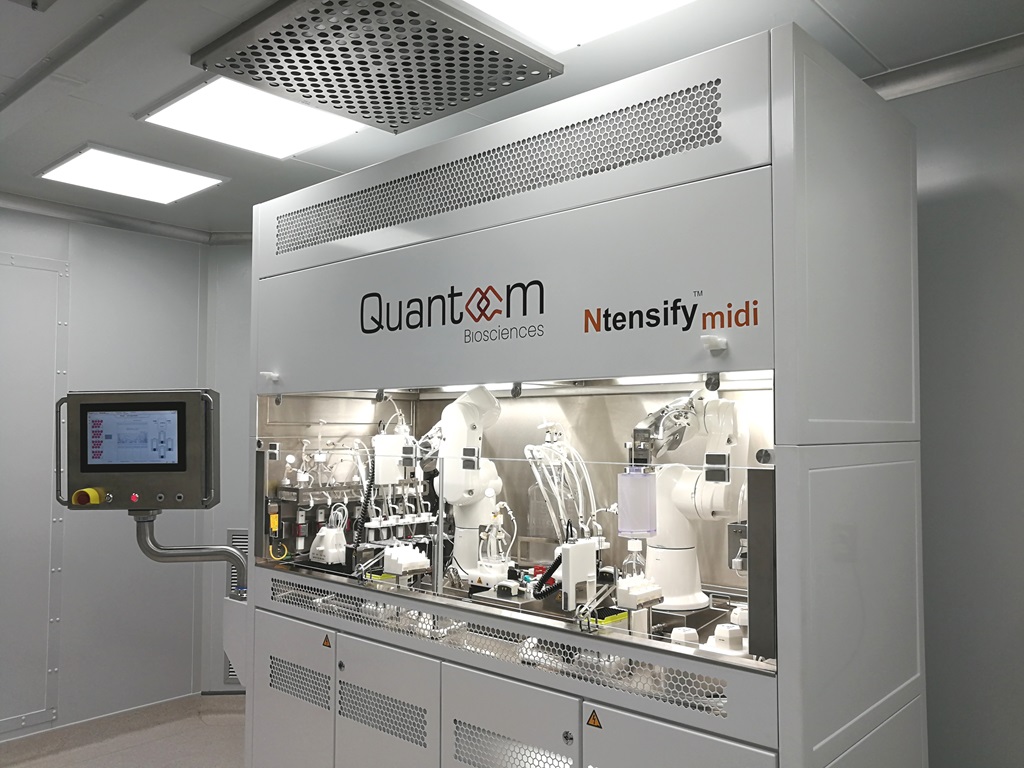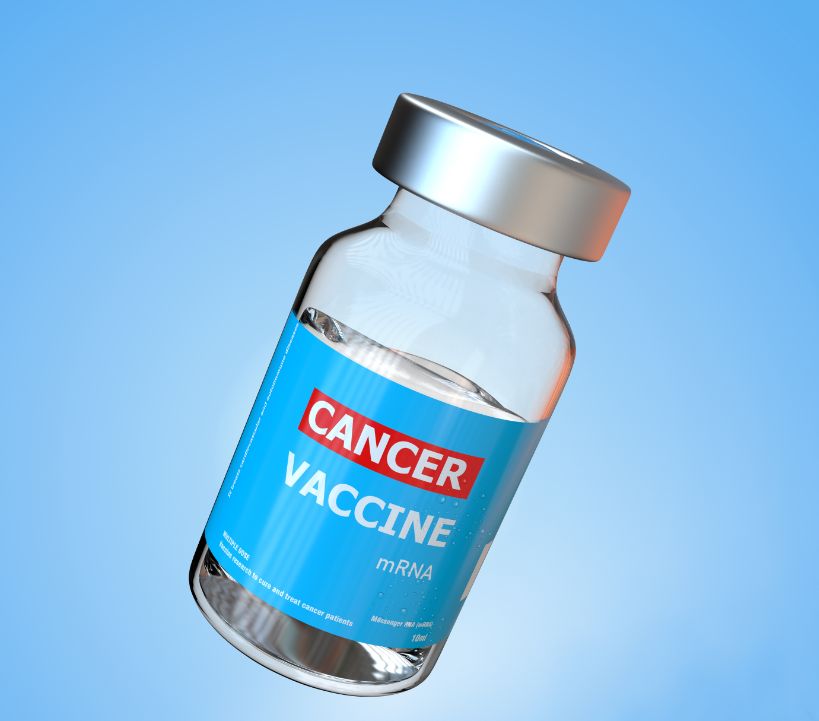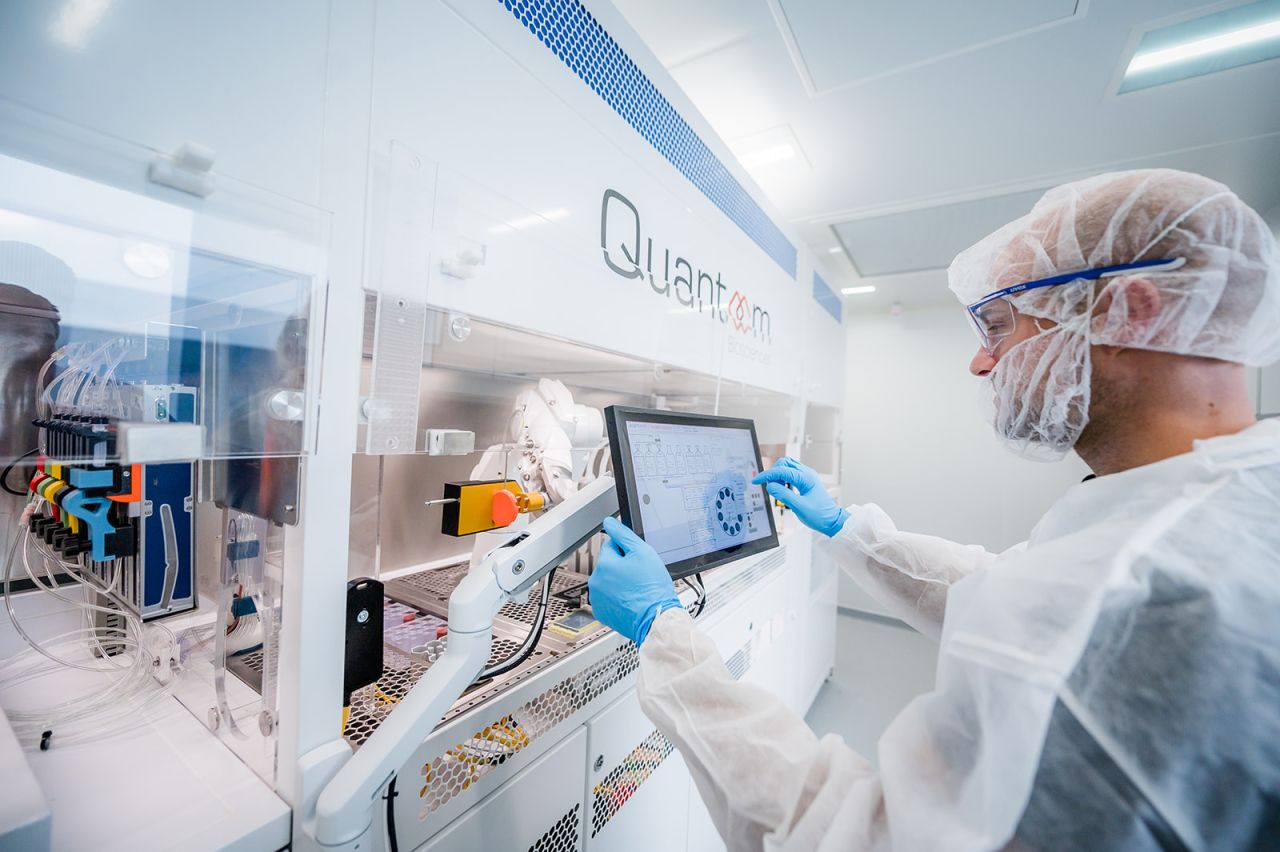Articles
October 21, 2021
How we can make gene therapies available to all

Table of Contents
Gene therapies can cure previously incurable diseases, such as sickle cell diseas, but the cost of treatment is prohibitively expensive.
Sickle cell disease overwhelmingly affects Africa – about 90% of children born with it could die before the age of five.
Public and private sector organizations are working together to ensure affordable gene therapies are manufactured in-country.
Two babies are born with the same genetic condition, sickle cell disease (SCD). One can access and afford a life-changing treatment, able to live a full and healthy life. The other will most likely die young. The difference between these outcomes is a curative gene therapy treatment.
Sickle cell disease turns red blood cells into a stiff sickle-like shape. This causes extreme pain and debilitation – or worse, death.
Gene therapy for SCD seems like the ultimate solution. It can finally put a stop the suffering of six million people around the globe. Three-quarters of these live in low- and middle-income countries (LMICs). The moral impetus makes it clear that gene therapy for global health is the way to go.
However, gene therapies are often unaffordable to those that need them most. At $2 million a dose, only the very wealthiest can be cured with a single treatment. Depending on payors, this may not be accessible even in high income countries. With no access to healthcare, nine out of 10 children with SCD in LMICs struggle to celebrate their fifth birthday.
What are the barriers to accessing gene therapy?
The manufacturing and drug development costs have a big impact on the price tags of gene therapy. Depending on the disease, raw materials used in gene therapy can be expensive. On top of that, the technologies used for gene therapies aren’t cost-effective. And an ever-present question with all breakthrough treatments: how do we benchmark the cost of a therapy against a life saved?
These issues partly contribute to the current cost of gene therapy. However, if we dig deeper, we find the true issue to be one of accessibility: infrastructure.
Gene therapies could change millions of lives – so how will we pay for them?
Even if adequate supply and affordable pricing for gene therapies did exist – allowing the patient actual access to such therapies remains a hurdle. Gene therapies require a tailored infrastructure to make these treatments available. An infrastructure which often doesn’t even exist in many high-income countries, let alone low-resource countries.
As gene therapies are being developed, we have the potential of tackling the problems right from the start. Not as an afterthought. Overcoming these hurdles will require collaborative action.
What can be done to improve the situation?
We can start by constructing biomanufacturing facilities to serve the people that need access to the products. New therapies and technologies should be tailored for the needs of LMICs. Cost can be brought down with low-footprint, highly productive facilities. Therapies can be designed so that they don’t require complex modifications for delivery. This alone requires investments from multiple partners.
Additionally, local health systems need to provide adequate diagnostics and care facilities to support patients waiting for a gene therapy treatment.
As technologies and treatments advance, so should business models. Partnerships will form the backbone of this new way of working. Everyone, from local governments to private companies, should work together to make these treatments more accessible. In addition, reimbursement plans should be revised for these specific treatments.
There is no question that building facilities and new business models will be expensive and time-consuming, but these are costs that simply must be met. Some organizations are rising to the challenge. Foundations, such as The Bill and Melinda Gates Foundation, are combining forces with other key players, such as The National Institute of Health and Novartis, to make gene therapy more accessible.
In parallel, large life sciences funds such as Roivant Social Ventures invest in innovative technologies to bridge the gap between innovation and access. Other life sciences companies such as Univercells Group empower equitable regional solutions. Every single affiliate of the group works to tackle an issue along the biomanufacturing value chain in LMICs. It is currently partnering with institutions like Institut Pasteur de Dakar to make local manufacturing a reality.
Universal access to healthcare has always been a challenge. Innovation should be key to overcome these challenges but instead of solving them, innovation has made them even greater. Gene therapy has the potential to be a healthcare revolution and save lives across the globe, if acted appropriately.
More information on: https://www.weforum.org/agenda/2021/10/how-we-can-make-gene-therapies-available-to-all/
Other articles

March 05, 2024
Advancing Equitable Vaccine Access: mRNA Technology Transfer Program’s Role in Democratizing Vaccine Development and Production.

December 11, 2023
Novel continuous RNA manufacturing process could pave the way for personalized neoantigens cancer treatments

September 11, 2023


Share